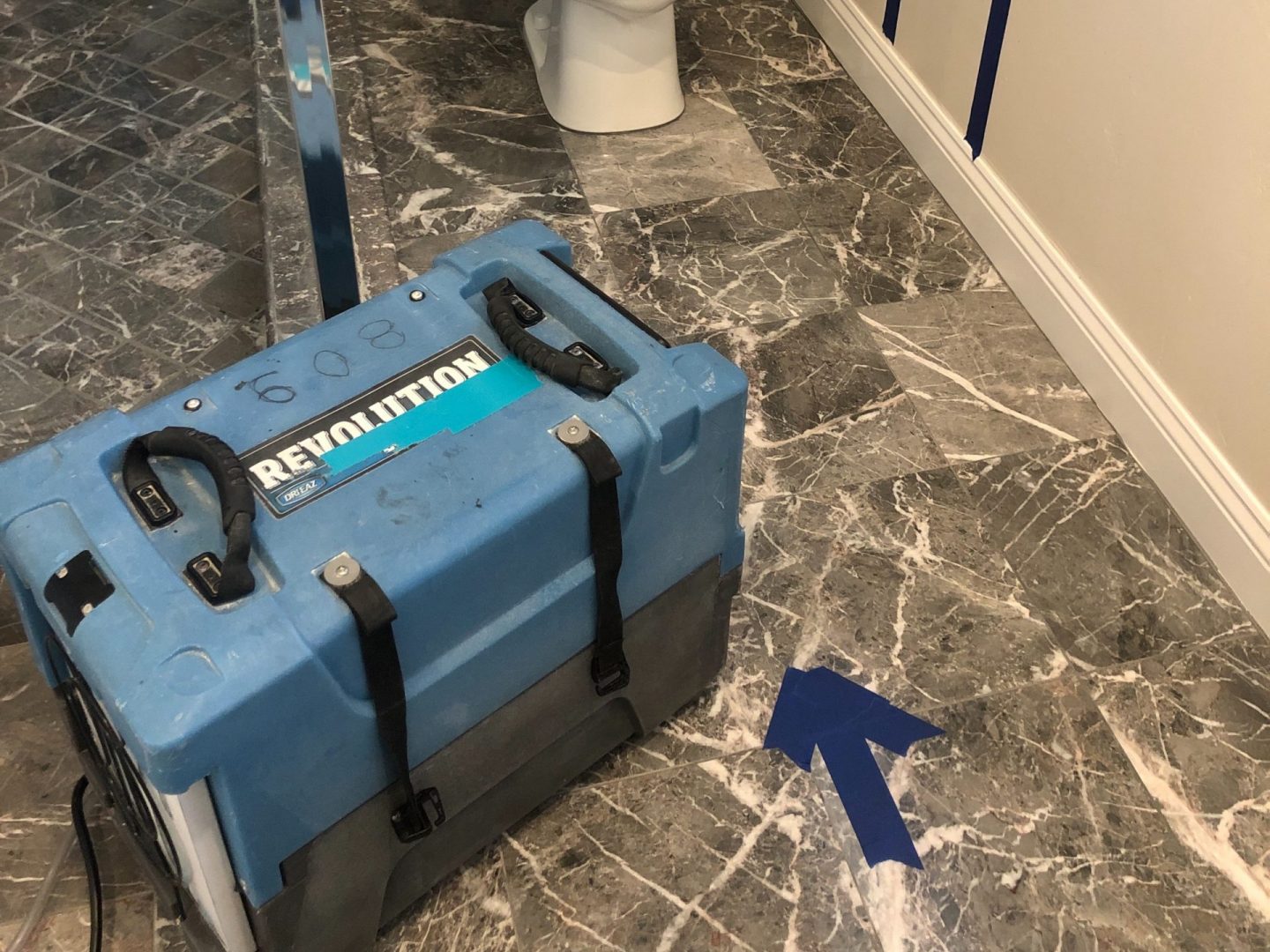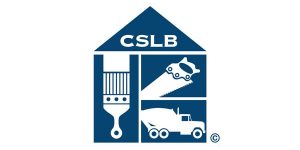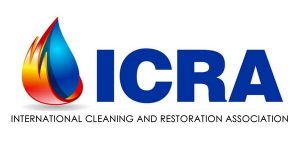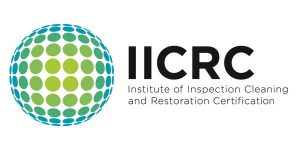
Had a broken pipe, burst water heater, tub, or toilet overflow? You need to get everything dried out as soon as possible to avoid a mold outbreak and other damage. For major incidents, you really need the expertise and equipment of a water damage restoration specialist But for minor problems, fans and a dehumidifier may be enough to pull out moisture trapped within the building and flooring.
What’s Happening
In natural evaporation, liquid water becomes water vapor in the air. For indoor areas that means the relative humidity rises. In a closed area, the humidity can become so high that the air can’t contain any more water vapor, and drying simply stop altogether. Then in all likelihood, you’ll have a mold outbreak and flood damage to drywall and woodwork long before everything’s had time to dry out.
If it’s not humid outside, using fans to ventilate damp areas may be enough. But even then, closing off the area and using a dehumidifier can really speed up the dry out process.
Dehumidifiers
Desiccant dehumidifiers use materials that absorb water from the air. But they’re very limited in how much they can remove. Refrigerant dehumidifiers are far superior. Remember those drippy window air conditioners? That’s how refrigerant dehumidifiers work. They chill a coil to below the temperature where water condenses back out of the air (the dew point). That lowers the humidity, allowing the building to continue drying quickly, literally pulling moisture out of the structure due to a difference in: “vapor pressure.”
The Right Stuff
Consumer dehumidifiers are designed for normal conditions, not flooding or a big spill. They may not allow you to set the target humidity below 50%. They’ll shut off when the air reaches that value, but a lower humidity would mean a faster dryer. And their small tanks would require emptying many times per day.
So for big problems, you’ll need to hire a water damage restoration contractor or go for a commercial dehumidifier rental. They’re capable of removing far more moisture per hour, and their large tanks need emptying far less often. They’re rated in “grains per gallon” (a typical rating is 55) or the square footage they’re suitable for. Suitable models also include HEPA air filters to remove mold from the air as well.
How Long?
Many commercial models can remove 500 gallons of water that are soaked into the building per day, bringing drying times down to as little as 12 to 36 hours. They’re commonly run 24 to 48 hours non-stop until moisture measurements say the job is complete.
Consumer models are likely to take something like 2 to 8 days, if not longer. And natural ventilation alone may take many weeks. Since mold and other destruction can take as little as 48 options that’s not really an option. You want to thoroughly dry everything in the fastest way possible.
TIP: Don’t rely on surfaces feeling dry to the touch. Tens or even hundreds of gallons can still remain trapped in wood, insulation, and other materials deep within the structure. You probably don’t have access to a materials moisture meter. But you can use a common humidity meter as a check. Keep fans and dehumidifiers running 24 hours a day until room humidity falls to well below 50% and stays there for at least a day.
But First
If you think you can manage the situation yourself, the first step is removing all standing water. Then use a shop wet-vac to pull as much moisture as you can. Use fans to be sure all the air in rooms, nooks, and closets are circulating. Leave closet and cabinet doors open, and open drawers in furniture. Move any damp furniture to another area and dry it out separately. Then get those dehumidifiers running, non-stop 24 hours a day.
Professional Services
All do-it-yourself projects carry some risk, and that’s especially true for flood recovery. Unless you’re confident you can get all the right equipment and thoroughly dry everything within 48 hours you’re much better off hiring professionals. Especially if you hope insurance will cover the effort along with any damage.
Service First has an arsenal of special-purpose equipment and supplies for the largest of disasters, including moisture meters, IR imagers, and specialized cleaning and disinfecting. Plus a certified, well-trained, and experienced crew.









